Volkswagen Golf Pikes Peak
Since the Scirocco Twin Engine was developed by the newly formed Volkswagen Motorsport division, the wild twin-engine layout was soon redirected toward motorsport — namely, the legendary Pikes Peak International Hill Climb. The project was overseen by Klaus-Peter Rosorius, and the platform was, of course, the Golf.
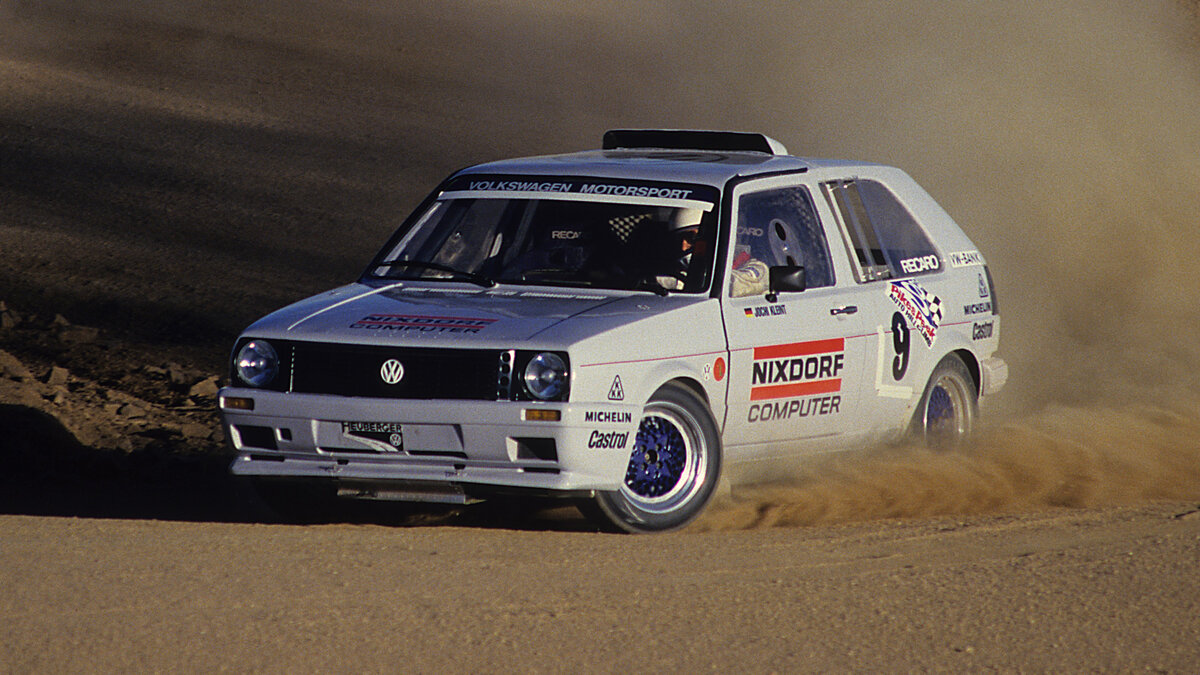
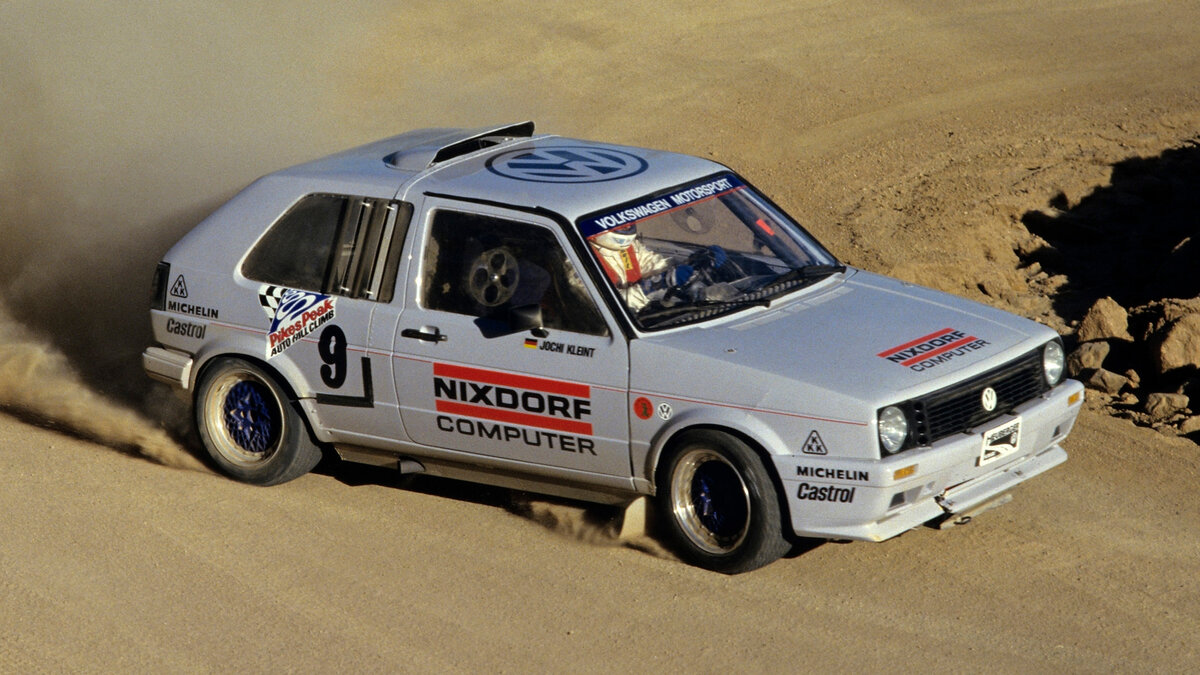

The first twin-engine Golf debuted in 1985 at Pikes Peak with two naturally aspirated GTI engines. It finished third — behind the winning Audi Quattro driven by Michèle Mouton. As it turned out, VW engineers had overlooked a key factor: as you climb the mountain, the air gets thinner, and naturally aspirated engines lose power rapidly.
VW returned in 1986 with a new version. This time, the Golf had two turbocharged 1.3-liter Polo engines, each making 250 hp. But surprisingly, it posted a slower time than its predecessor — albeit by just half a second. The problem? Brutal turbo lag from both engines.
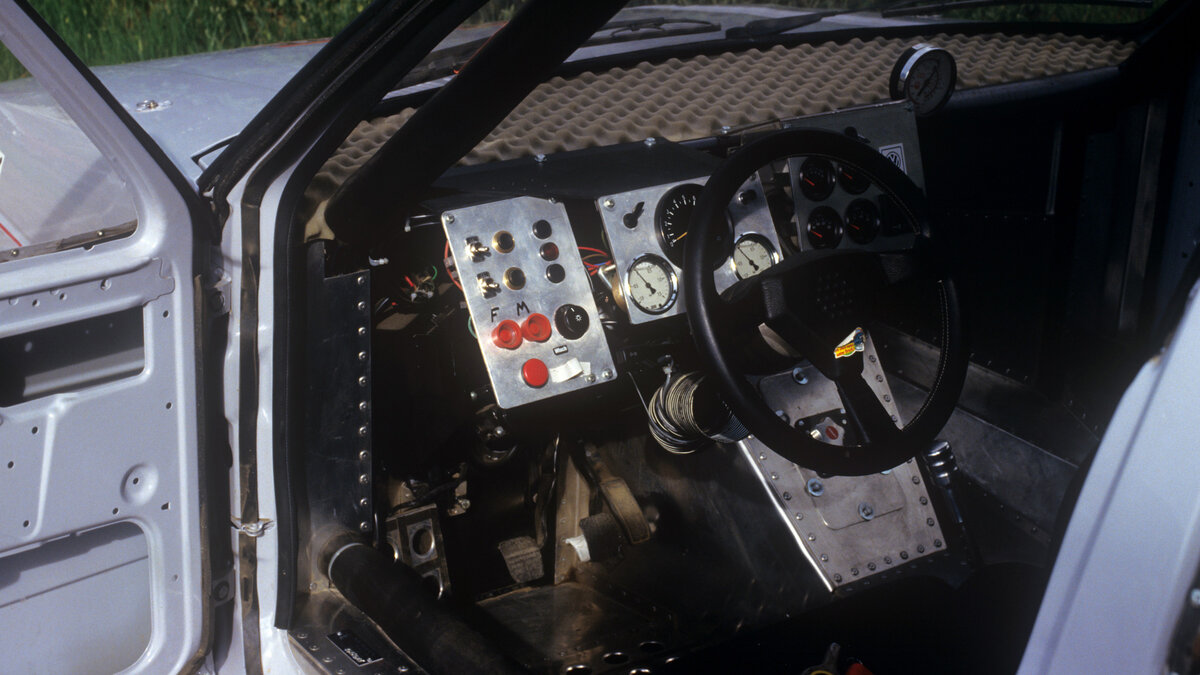
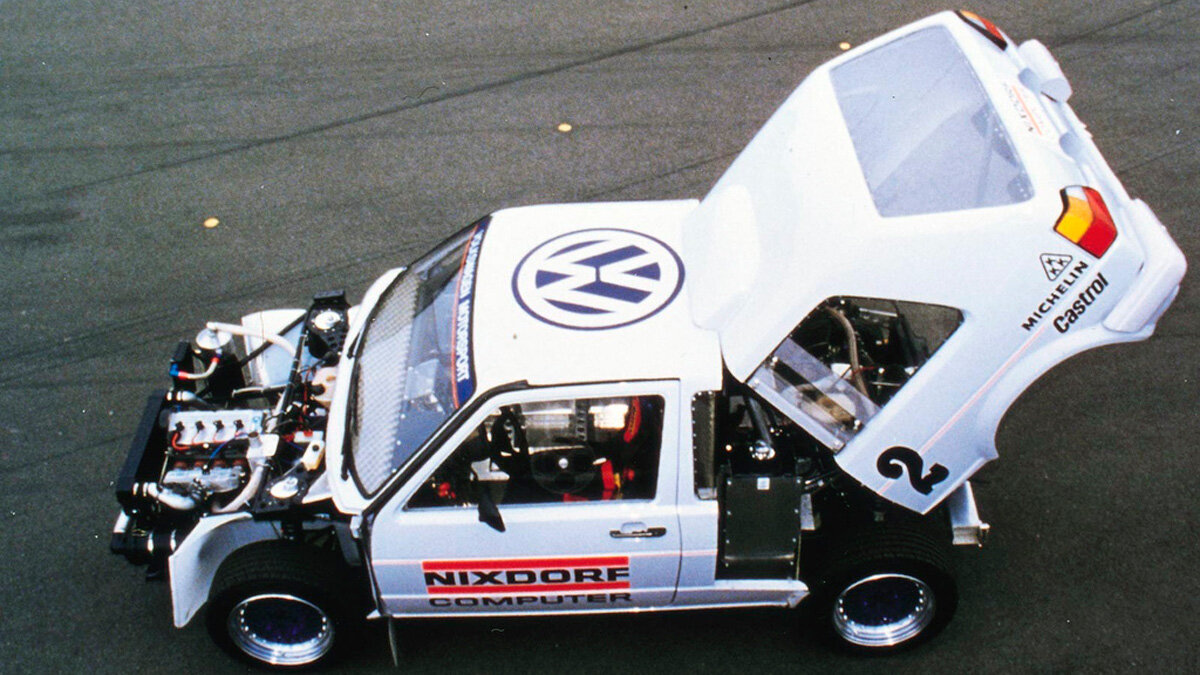

Finally, in 1987 came the “Alpha Golf.” It featured an aluminum monocoque, composite body panels, and a whopping 652 horsepower from two turbocharged 1.8-liter engines. Victory seemed within reach… until reliability struck. Just a few turns from the finish line, the suspension failed. Yet sector times showed it was the fastest car on the course.
It’s worth noting that this twin-engine Golf was the first — but not the last — twin-engine car to race at Pikes Peak. Others followed, including the Suzuki Cultus built by Nobuhiro “Monster” Tajima. Twin-engine vehicles have also competed in classic rallying — and even in the Dakar Rally.

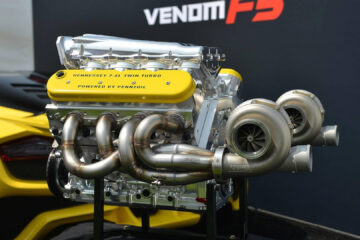

0 Comments